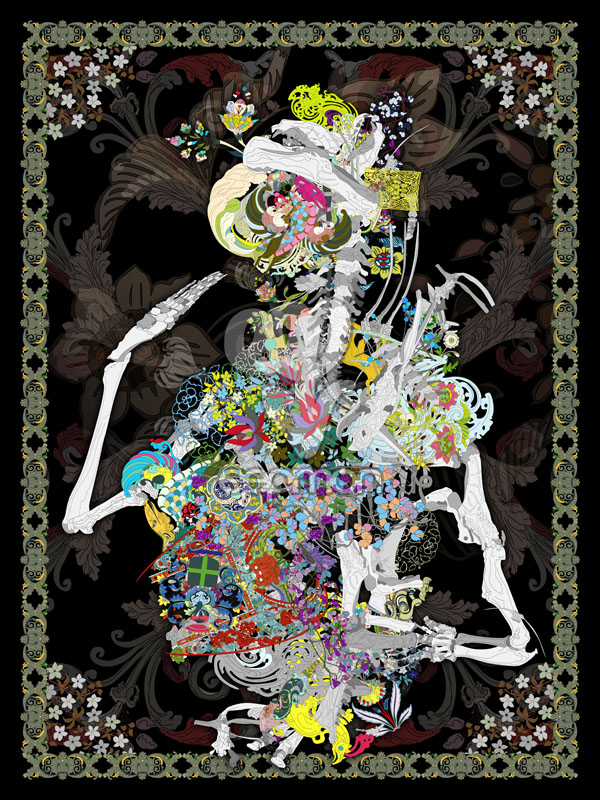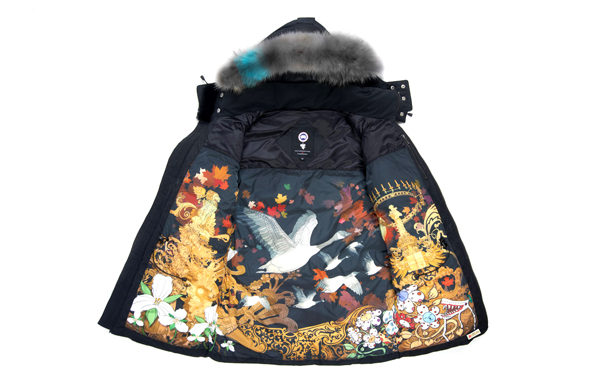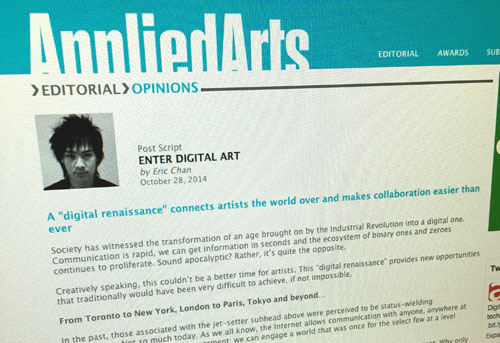Written an opinion piece for Applied Arts on how technology has changed the artistic/creative process. Read the original article here or below.
Applied Arts Mag – Editorial – Opinions – Post Script Enter Digital Art by Eric Chan
A “digital renaissance” connects artists the world over and makes collaboration easier than ever
Society has witnessed the transformation of an age brought on by the Industrial Revolution into a digital one. Communication is rapid, we can get information in seconds and the ecosystem of binary ones and zeroes continues to proliferate. Sound apocalyptic? Rather, it’s quite the opposite.
Creatively speaking, this couldn’t be a better time for artists. This “digital renaissance” provides new opportunities that traditionally would have been very difficult to achieve, if not impossible.
From Toronto to New York, London to Paris, Tokyo and beyond…
In the past, those associated with the jet-setter subhead above were perceived to be status-wielding globetrotters. Not so much today. As we all know, the Internet allows communication with anyone, anywhere at anytime. This immediacy is empowerment: we can engage a world that was once for the select few at a level playing field.
As a digital artist myself, that is the first thing I understood about the Internet — it is a leapfrog agent. Why only exhibit your art locally when you can exhibit globally? It was evident to me that creating digitally would liberate and allow individuals like myself to take full control of our destinies. I knew early on that everyone would become their own curators, find their own audiences and thus become their own brand ambassadors.
 “Mistress Amused” from the Untitled Series by eepmon
“Mistress Amused” from the Untitled Series by eepmon
The Digital Age of Self-Curation
A key factor about creating digitally is that it has low overhead, allowing artists to be very efficient and mobile. Mobile devices today are powerful enough to perform most of your creative and communication needs. Taking advantage of mobility, I started to travel around the world, financed by the projects I worked on. Travelling provided me a constant source of creative inspiration and allowed me to meet people along the way, from the academic to the celebrity.
This is a routine I would repeat every year, and as my eepmon brand awareness grew, so did my exposure and projects. For those not familiar, eepmon is my artist moniker. I am a digital artisan at the intersections of computer programming, graphics and drawing. My multidisciplinary background finds me working on anything from fine art to large installations to video games to fashion.
 Mini Cooper x eepmon
Mini Cooper x eepmon
My 2013 collaboration with outerwear brand Canada Goose was no exception to this idea of global reach. Working remotely, I provided design concepts and created exclusive digital artwork for the lining of our Synthesis Parka. Creating digitally streamlined the development process and removed many of the traditional intermediary steps involved in preparing the designs and artwork to hand off to the team. It didn’t matter where I was in the world (I remember Skyping from Tokyo with the Canada Goose crew in Toronto). At the end of the day, what we had in our hands was a work of art — something that only could be created when the handmade meets the digital, and when heritage meets modernity.
The limited-edition parka (only 150 were made) hung at some of world’s coveted retailers, including Colette and Harvey Nichols. It was featured in the press, from the French edition of GQ Magazine to Highsnobiety to Jay-Z’s Life+Times. The Synthesis Parka itself was the exhibition piece and, as news of the collaboration spread virally through the Internet, the promotion became the exhibition itself — quite different than the traditional method of showing art in a gallery space.
 Synthesis Parka by Canada Goose x eepmon
Synthesis Parka by Canada Goose x eepmon
This is exactly what I believe artists of the digital age are all about. There are no rules here. We intersect borders, cross boundaries and disrupt the status quo. We challenge stale solutions and break down barriers. One does not have to look further than what Apple has accomplished. The company has changed the way we look at computers, revolutionalized the entire music industry, and is well on its way into fashion with wearables.
As society continues forging ahead into the digital age, how we view art will also change. I like to think that we are still at the very beginning and, as early adopters, we have the opportunity to be pioneers in this creative movement. The established art world must pay closer attention to the digital ecosystem. Kids growing up today will be more in tune with artwork that isn’t physically in a space. Perhaps it lives on the ‘net, or perhaps it’s created through networks and always changing, visually influenced by open data sources.
Augmented reality will seamlessly integrate with haptic technology to create new forms of artistic expression and performance. Then the question of archiving such art will be the focal point of discussion. How do we establish a standard for archiving art of binary ones and zeroes and maybe even qubits? These are real issues that we’ll need to face sooner rather than later.
Of course, there are some in the art world who are averse to anything digital. But even something that we now consider basic, like photography, was initially shunned by traditionalist painters. This paradigm now applies to net art, digital art, digitalism — whatever you want to call it. The medium is here to stay and we’re just getting started.
Eric Chan, a.k.a. eepmon, is a digital artisan intersecting computer programming, graphics and drawing. He’s collaborated with Canada Goose, Microsoft Xbox and Mini Cooper.
